Products
Products
Author:Lillian
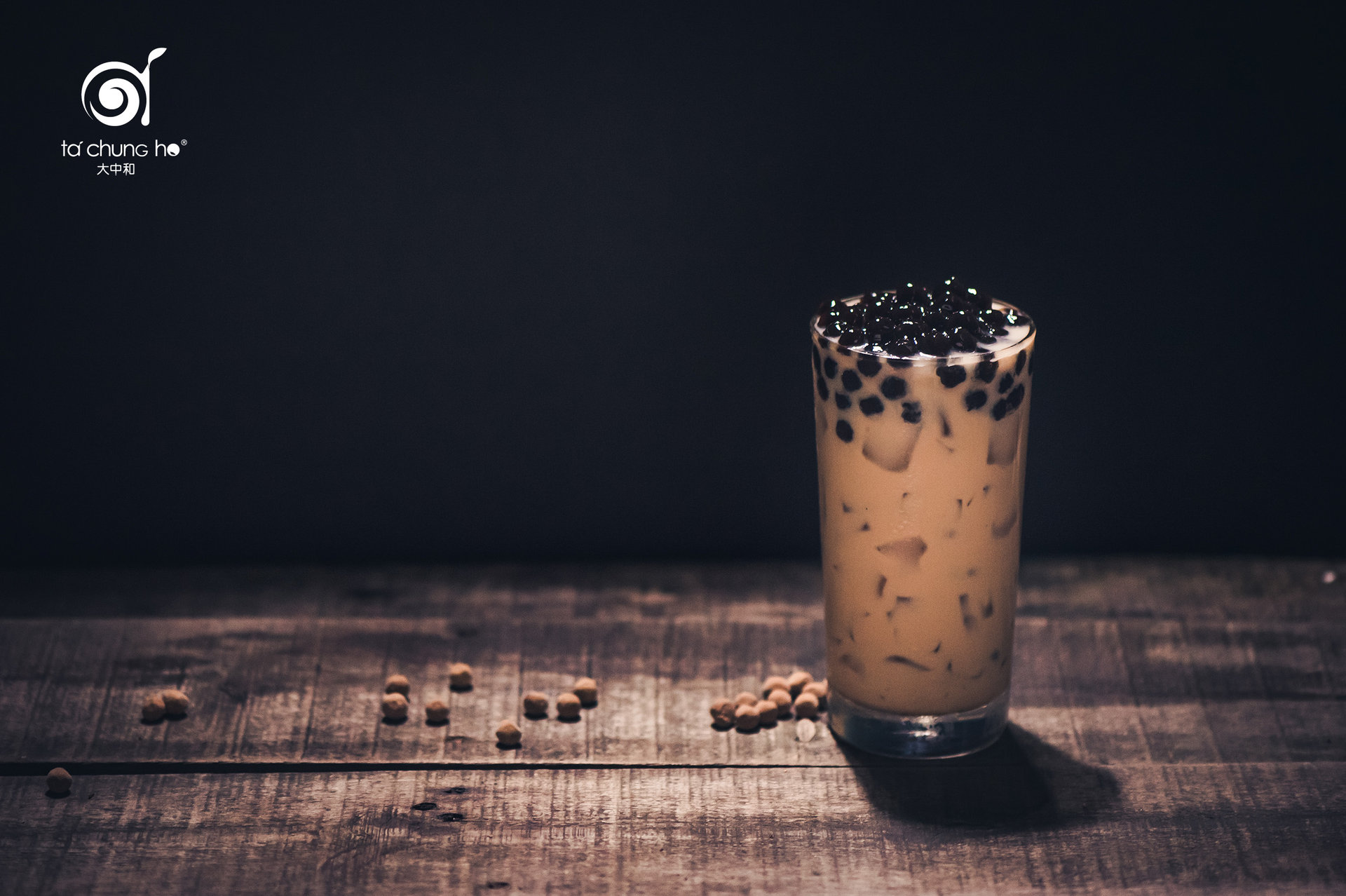
Originating from the social network of Thailand in 2020, the Milk Tea Alliance consisting of Thailand, Taiwan and Hong Kong developed international friendship due to milk tea followed by the participation of Myanmar and India. The observation of famous milk teas in each country, such as Tibet milk tea, Indian Masala milk tea, British-style milk and Hong Kong-style milk tea, not only reflects people’s deep affection for milk tea but also reveals the diversified variations. Maybe we can discover the secret about the popularization of milk tea and further potentiality from the origin history of milk tea and by observing the characteristic flavors of milk teas from different countries.
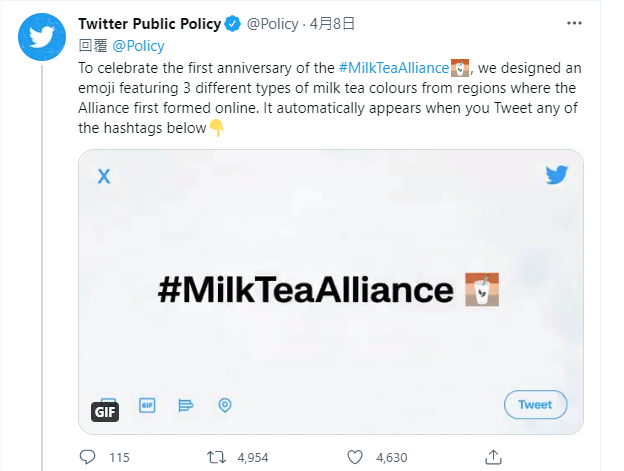
It is impossible to research the founder of milk tea, but there is history to prove the time of its popularization around the world to truly become the commercialized products. The popularization is due to the introduction of Asian cultures and foods to the Western world through strong trade act of the East India Companies established by both the U.K. and Netherlands in the Age of Discovery during 1600-1620.
According to the historical records and inferences of the U.K. and the Netherlands, people in countries near the Himalayas such as Bhutan, Sikkim and Nepal and regions of Tibet and Inner Mongolia have the custom of drinking milk tea since ancient times. However, these regions do not plant teas and it is determined that this custom was due to the impact of external materials and cultures. Therefore, these regions cannot be recognized as the place of origin based on related international practice. In this case, when we investigate the sources of these teas, only “India” meets the conditions according to the geographical relationship since it plants teas and produces dairy products with rich contents. With its own resources, demands and original diet habits without any external impact, “India” is recognized by the industry as the place of origin for milk tea due to the close relationship between the milk tea in India and in many other regions around the world.
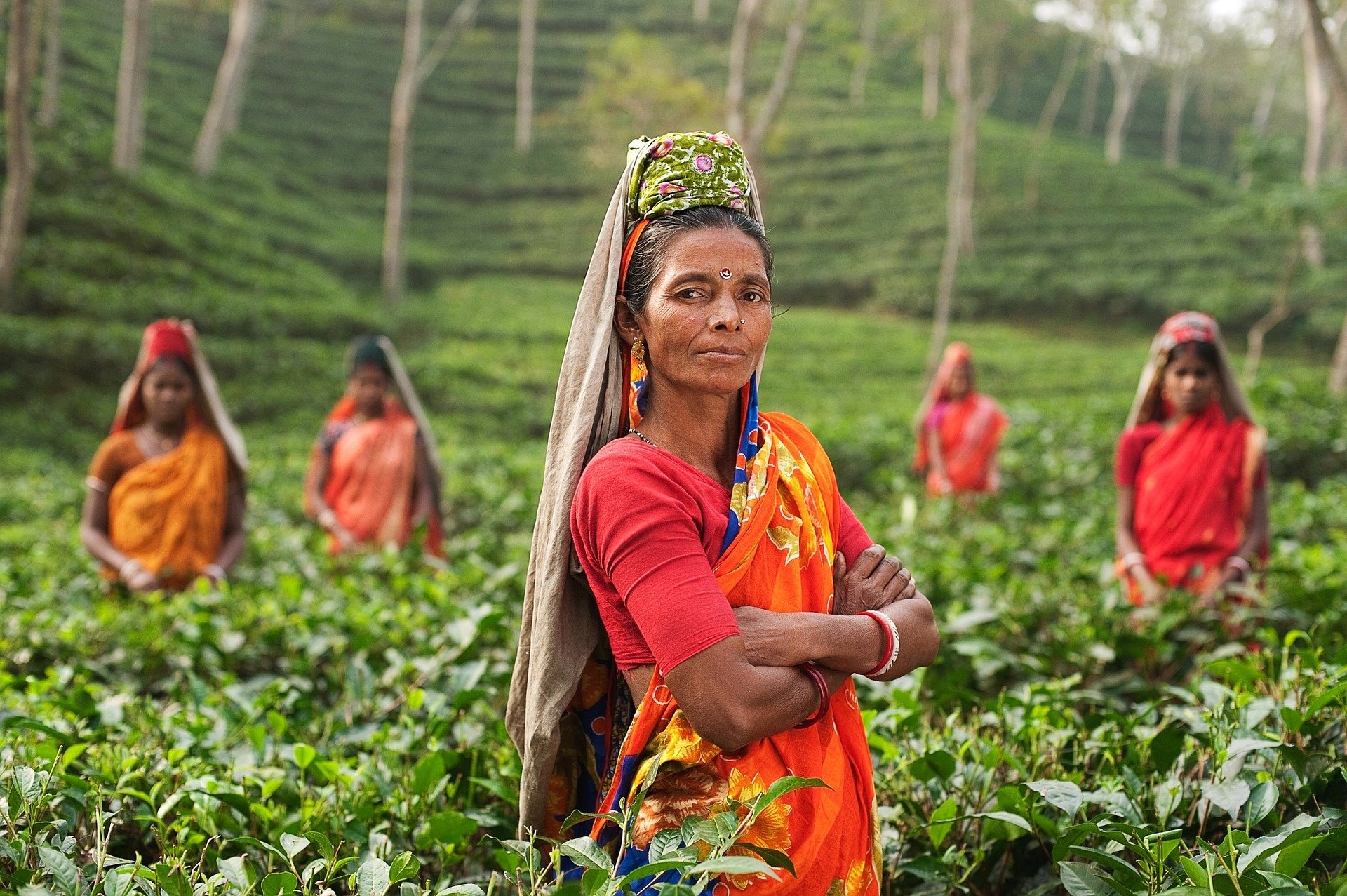
After introducing the milk tea to the nations, many people in the U.K. and Netherlands were not used to the spicy and strong taste of the milk tea. They decided to remove the spice, mixed different types of teas or added maple sugar as the seasoning, which formed the model of the modern milk tea. Subsequently, diversified changes were developed due to the different cultures in various countries. Thanks to the quality milk resources in the Netherlands, the milk tea is featured with strong and dense milk flavor that dilutes the bitterness of black tea and transforms the whole drink into a dense milk tea with a rich flavor and aroma. Afterwards, it even became the most popular flavor among most European countries. The origin of bubble tea in Taiwan is from the continental milk tea brought by the Dutch. We may share the history of the Taiwanese bubble tea with the reader if we have the chance.
The atmosphere of drinking tea in the U.K. started from polite society and the royal family. Many classic milk tea flavors, including the flavored milk teas such as the earl grey milk tea and coffee with tea, flavored teas such as herbal tea and fruit tea and the trend of afternoon tea, derived from them to form a noble and elegant British tradition with cultural meaning. The British-style milk tea indeed forms a culture by upgrading the drink to a concept of history, tradition, ritual and fashion
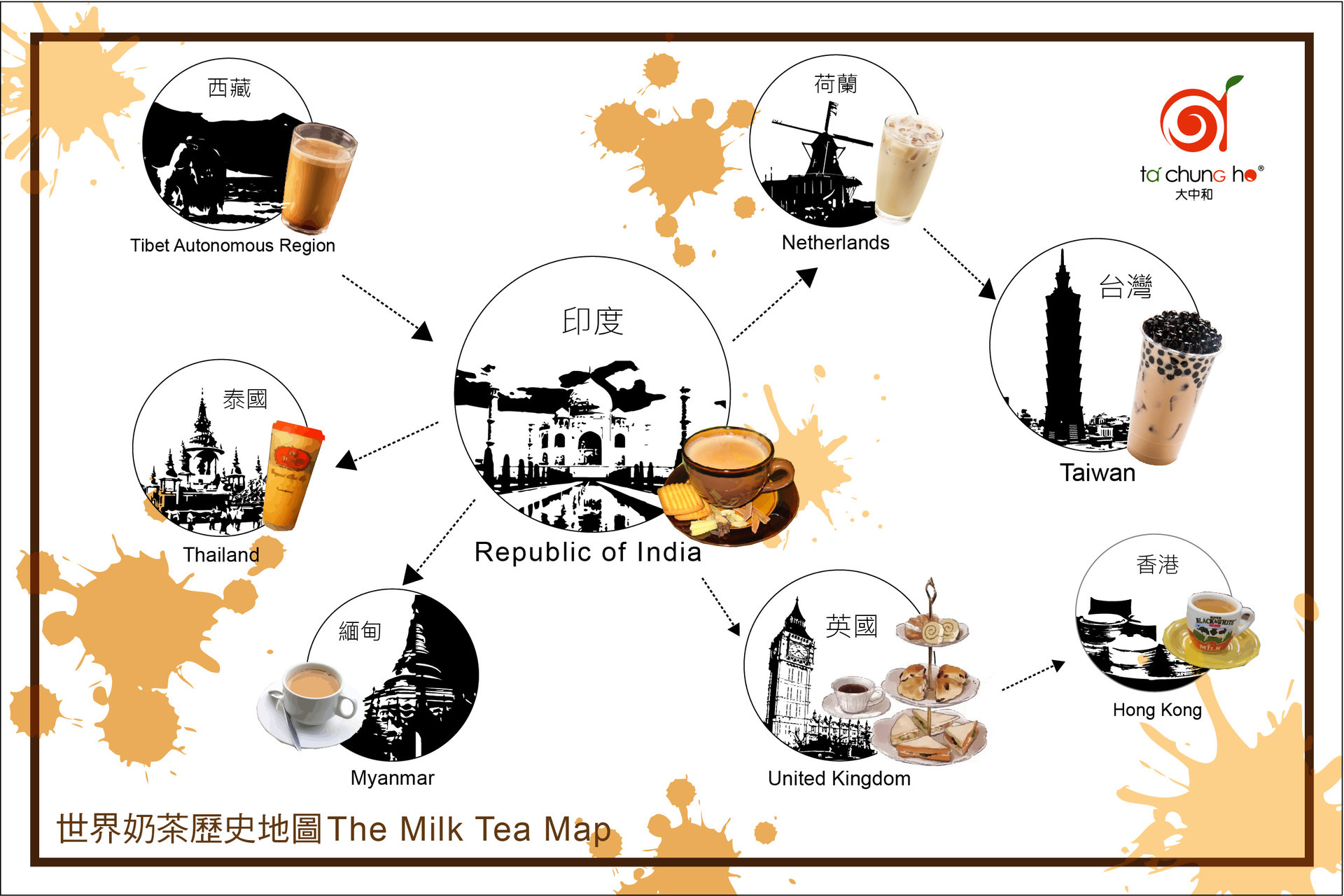
Other kinds of milk teas such as Hong Kong-style milk tea (also named as silk stocking milk tea) is a branch of the British-style milk tea, which adopts the Ceylon black tea as the base and adds evaporated milk and sugar to create the dense tea aroma and milk flavor with a smooth mouthfeel! The Indian milk tea also has impact on other regions, including Arabian countries in the Middle East, Myanmar, Thailand, Malaysia and Indonesia in Southeast Asia and African countries such as Egypt and Morocco. People will add local spice and sugar or mix butter and cream to form the milk tea with their own national characteristics. Influenced by the European milk tea, the South Americans like to add spirits, cocoa powder or strong coffee to the milk tea to form a different flavor with a sense of passion. The Japanese fondness for green tea combines a dense European milk tea with Sencha and Matcha to create a fresh and comfortable green milk tea flavor.
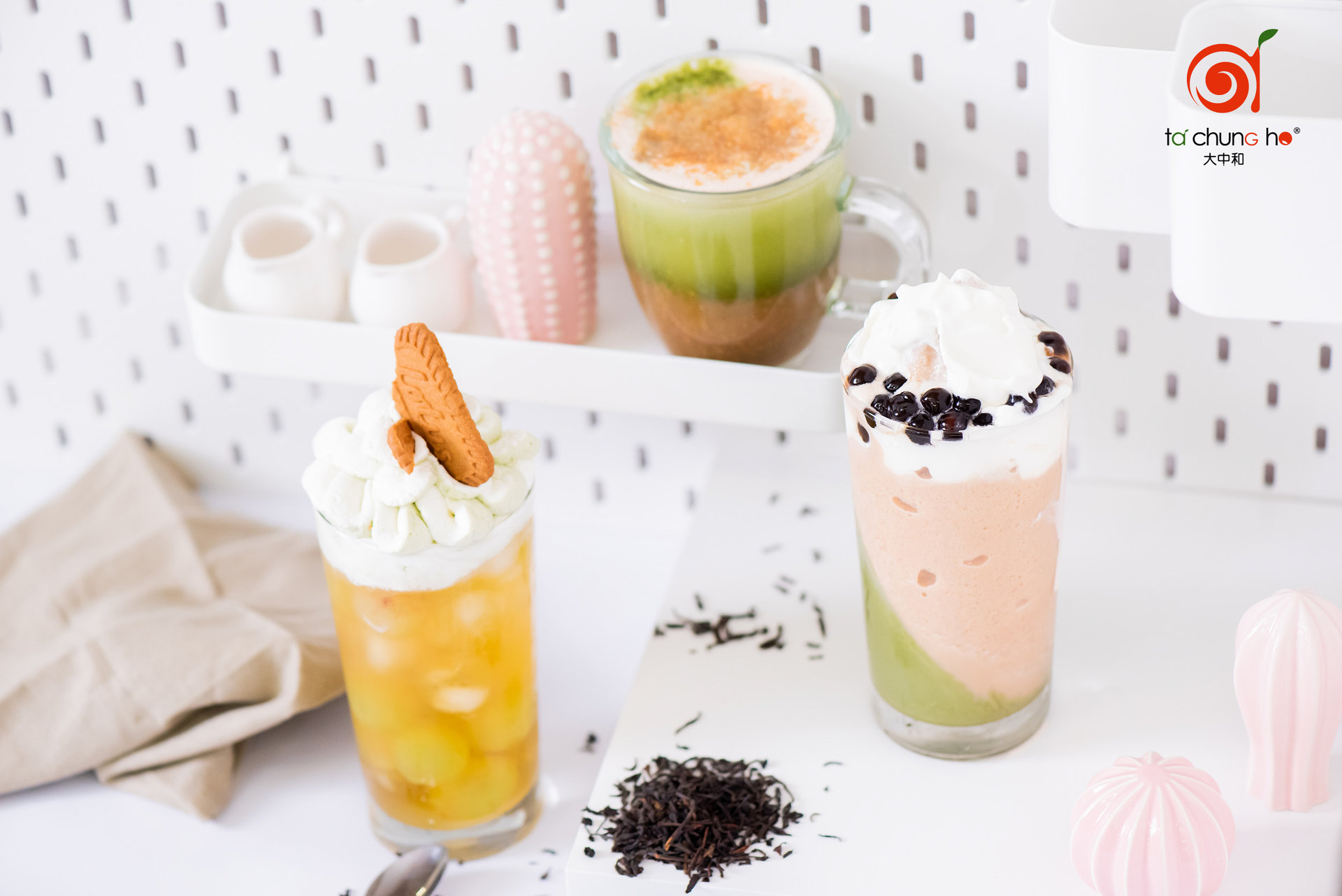
We notice that there are thousands upon thousands of milk tea flavors in the world and characteristic milk tea is produced by mixing additional flavors or changing the base elements. Taiwanese milk tea is featured with the “pearl” to create the world-famous bubble tea and develop the unique hand-shaken drink culture in Taiwan. When we developed the hand-shaken drink in new regions, we may as well observe whether or not the locals have the habit of drinking milk tea and whether or not we can improve it to meet the taste of the locals. After all, history tells us that people in the West and the East cannot resist the charm of milk tea! Therefore, we strongly recommend you 4 types of teas in [The Orient Flavoured Milk Tea] series suitable to make milk tea with impressive and distinctive flavor.
參考資料:
1. 台灣飲料調製協會-奶茶的起源
2. 環球新聞:張斌-奶茶起源與種類